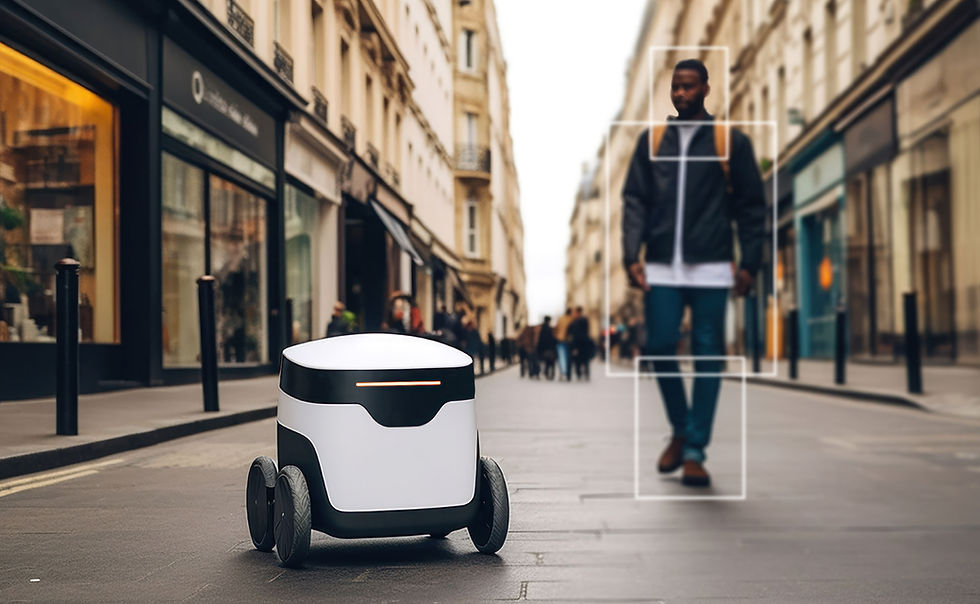“Hello” from your refrigerator to your Alexa – the Internet of Things
- Nitin Gambhir
- Sep 7, 2023
- 3 min read

These days our media is plastered with huge references of a Smart Home, Smart Refrigerator, Smart Washing machine, Smart phone, Smart water geysers, Smart Light bulbs and much more and it all seems, the homo-sapiens aren’t the only ones having privy to this powerful attribute anymore.
An English dictionary defines ‘smart’ as having or showing a high degree of mental ability for achieving greater versatility.
One defining attribute that significantly improves any human’s ‘Smartness’, lies in the ability to communicate and collaborate socially.
With the advancement of technology, our devices that have been integral to our daily lives have also evolved over the years. They aren’t standalone pieces of equipment working tirelessly in silos and performing simple repeatable tasks.
Just as humans perform several problem solving tasks, the devices have been upgraded to multi-task and also ability to communicate.
A smart device simply refers of any electronic device that is capable of connecting to other devices over a network and can to some extent operate and interact with autonomy and this is where arises the need for Internet of ‘Things’ (or in other words, the smart devices)
So what is "The Internet of Things" ?
So now comes the question, if humans can connect socially on the digital medium via the Internet (a network of computers), then what’s new with this term, the ‘Internet of Things’ (IoT).
Internet of Things, or IoT as its commonly known as refers to a group of electronic devices or ‘things’ with inbuilt sensors and micro-controllers that can exchange data among themselves over the internet or any other communications network.
But one major myth that needs to be busted is that they need not be connected to a public internet and need only a group network amongst them.
You would be surprised to know that by year 2025, the word would have close to 22 billion connected IoT devices and all of them are going to exists very much around us. So if you think it’s going to a be a distant future, when you can see a smart refrigerator (sensing from the utensils inside that by tomorrow morning you will run out of milk) updating your digital shopping cart with a carton of milk to buy and sending a notification to your digital personal assistant like an ‘Alexa’ to notify you, then you are up for some surprise as that time is here already.
Mr. Nitin Gambhir, Co-founder, STEM Center ACE, a pioneering Ed-tech company that creates parallel exploratory STEM courses for kids and teens, tells us that “The low cost computing & cloud has given the ‘things’ a new connected life that requires minimal human intervention although humans can still interact with them for setting up the instructions.”
The adoption of 5G technology for communication will propel the adoption of IoT devices not just in the Industrial domain but also in simple households. Smart Homes with connected devices will bring the next level of automation for mundane tasks like lighting, air conditioning & security systems. IoT devices need not have only Wi-Fi or Bluetooth communication protocols but can work with low powered communications like Zigbee, NFC or even an SMS.
But a word of caution
However a word of caution when it comes to security. Our personal computers and laptops or mobiles have over the years stabilized their Operating Systems with inbuilt security features.
In contrast, the IoT devices are often basic gadgets with sub-optimal Operating systems and aren’t updated very often. Based largely on open source systems, they do become tempting targets for hackers.
So given the widespread applications of IoT devices and their evolving nature, it’s time for us to also adopt design management of such devices with sustainability & security in mind.
So what's next Technology and its Tantrums?



Comments